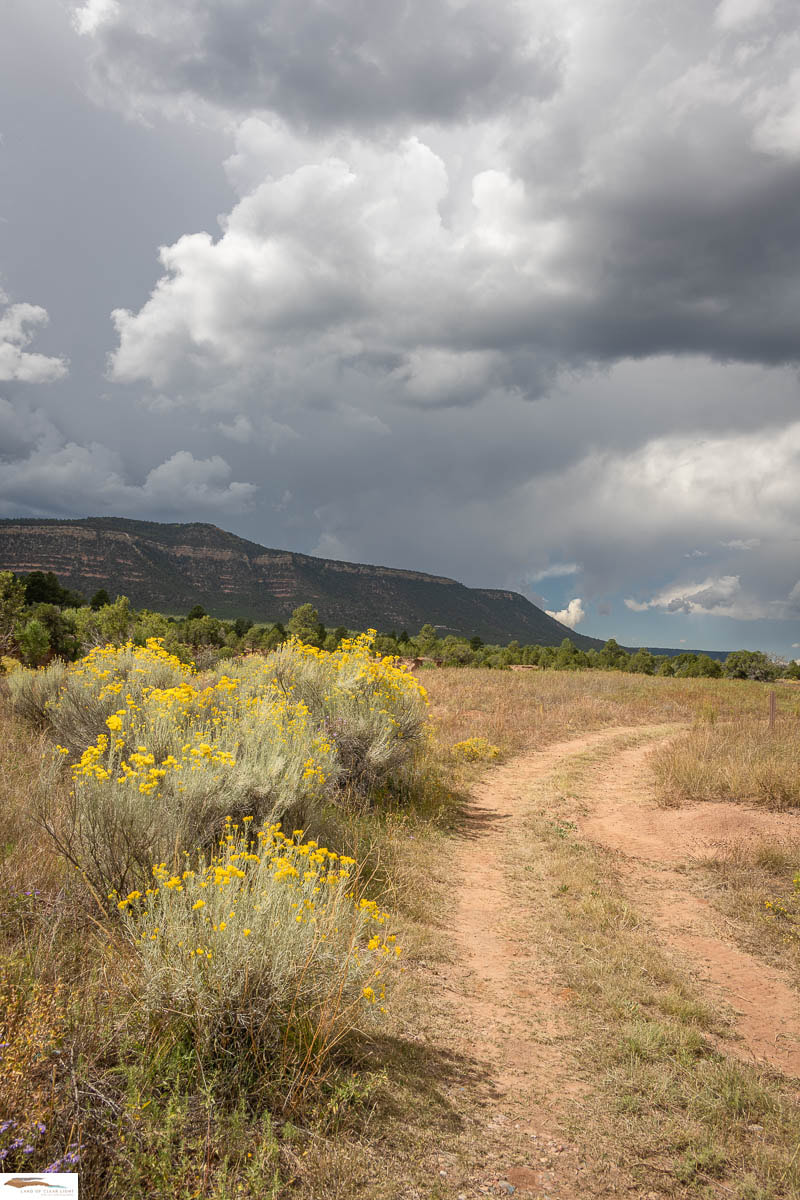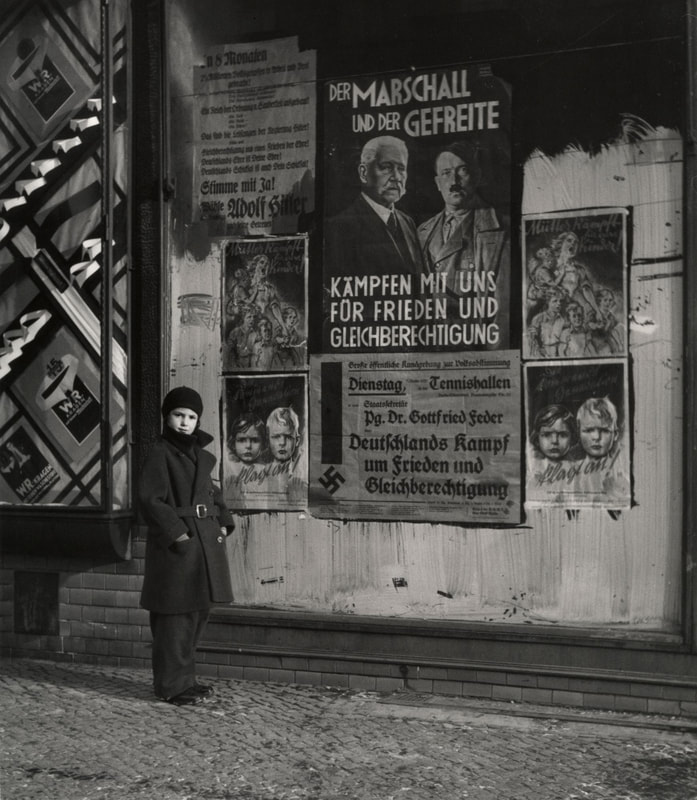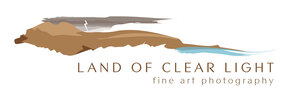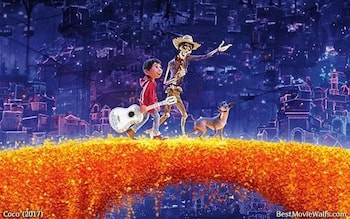 November Chamisa November Chamisa Recently I read on the internet — so it must be true — that we are all going to die. I had been suspicious of this before so the shock was not too great. But still, it gave me pause. Especially with November just around the corner. November, the harbinger of December and winter. Winter. The dark time. Days are short, nights long. It's cold. The thunder sleeps. The animals hibernate so Navajos can tell stories about them. Death comes for the leaves, the crops. Cygnus the Swan flies down the Milky Way and disappears, dragging the Summer Triangle with her. November, the Springtime of Death. In early November Mexicans celebrate their ancestors on el Día de los Muertos. The Day of the Dead. In traditions dating back to their Mesoamerican ancestors, Spanish culture, and European religion, they honor their dead ancestors. Probably it all began with the Aztecs who worshipped Mictlantecuhtli, the God of the Dead. Along with his wife Mictecacíhuatl they ruled the underworld where everybody went when they died. (Apparently this business of “We're all gonna die” has been going on a long time.) The Aztecs did not believe in a special good place for the righteous. Rather everyone descended nine layers of the underworld before reaching extinction in the lowest part. Their living relatives provided them with food and drink for the four year journey. In the Middle Ages the people of Spain brought wine and pan de ánimas to the graves of their ancestors. They covered the graves with flowers and lit candles. When they came to the New World, Spaniards brought the ceremonies along, eventually merged with the native observances and including the Roman Catholic All Souls Day. Halloween got mixed up in there as well although it has nothing to do with el Día de los Muertos. Traditionally marigolds are used as the primary floral decoration and that is why you will see them everywhere in Old Town this week. Native to the American Southwest, the plants have spread all over the Americas. Their use in el Día de los Muertos celebrations probably stems from their psychoactive properties. The Aztecs used them in sacrificial ceremonies. Today they are known as flores del muerto, flowers of the dead, and are used to decorate graves and ofrendas during the celebrations of the time that the boundary between the spirit world and this one is thin. They are the only living flowers in the Land of the Dead. Mayans used them for shamanic rituals and Mixe still do. This fascination with autumn and death is, of course, universal; not limited to North America. Ancient Near Eastern cultures sacrificed kings in the fall so their blood would fructify the earth and cause Spring to return. Goddesses traveled to the underworld for the same reasons. Egyptian festivities included skeletons to remind everyone of what they would eventually be. Japanese practice momijigari, watching the fall colors because everything is the most splendid just before the end, and people should live and then die like that. All three major divisions of Buddhism feature meditations on death including one that requires imagining one's flesh melting away until nothing but a skeleton is left. Hindus celebrate Sharad Purnima marking the end of the Monsoon season. Autumn is not required, of course, but some kind of symbolism usually is. Seventeenth Century Trappist friars dug their graves a little deeper each day as a reminder. They say that Hopis have Masaw, Guardian of the Underworld. Masaw is a skeleton who teaches Hopis not to be afraid of death. Works of visual art in churches throughout the world encourage meditating on life and death. Visual artists are on board as well. Since the Middle Ages artists have created Memento Mori (Latin for “remember that you must die”) to remind us that we must die. Anytime you see a skull or a skeleton in a painting or a photograph you can bet it is a memento mori. The works of Georgia O'Keefe and Freida Kahlo spring to mind. Look in the shadows at some of those photographs of golden and yellow aspen leaves about to fall or the red of maples. Like the golden marigolds, such works are about more than the beautiful colors. Memento Mori are not limited to the calacas (skeletons) and calaveras (skulls) of the Day of the Dead traditions. Some are meditations on how we can make the most of the time we have. They are odes to life. Feliz el día de los Muertos. May you keep those you love in your hearts, especially those who have gone before.
0 Comments
THE NAMINGS
Humans love naming things. Three of the major religions on earth believe either that God assigned Adam the job of naming every creature or instead revealed their names to him. The creatures were not consulted and we doubt that Adam named house flies which probably did not exist in the Garden although there are a great many around here at the moment. Naming things, all things, is a form of shorthand that enables us to talk and think about them, and to study them. Science requires naming. Now we even have an International Commission on naming animals. Others name objects in space. Others specialized ones name birds, reptiles, rocks, two-legged beings, etc. Animals don't need names for each other. Humans do, so we use labels. And it is important to keep that in mind: We are labeling, not describing, other beings and organisms. Which brings us to our second point. It is by now well documented that our species is losing contact with nature. Often this separation from the wild world is attributed to the massive increase in urbanization and the concomitant loss of wild lands. In the last one hundred years the planet on which we live and depend has lost more forest than in the previous nine thousand. Almost eight billion people are alive as you read this; three hundred thirty-five million in the United States alone. In 1950 seventy-one percent of all humans lived in rural areas. By 2050 seventy percent of us will live in cities. Eighty-four percent of Americans already do. But another cause plays a role too. Beginning in about 1950 in the industrialized world our entertainment moved inside. Television became the primary entertainer. Video games arrived in the 1970s and the internet began consuming much of our leisure time by the late 1990s, a trend that has accelerated in the twenty-first century. Some children today can name more Pokemon characters than wildlife species. We spend around ninety per cent of our time indoors, a massive change for our species. For our first 2.5 million years we spent practically all of our time outdoors. Our loss of connection with the wild world accounts for the attraction of landscape photography and painting, not only for the artists who go outside to work but mainly for people who enjoy and collect such art. Simply looking at a landscape photo improves our frame of mind and lowers our blood pressure. But landscape photography is not our subject this month. Rather we'd like to introduce you to some ways modern technology can help us reconnect with the outdoors by fulfilling our appetite for naming and identifying the beings that live out there. Apps! Since we're staring at screens anyway we might as well take them outside and identity some creatures. To identify something is to pay attention to it. Let's begin with birds. No matter where you live, you can walk outside, probably right now and hear a bird. Even if you can't spot it, you can identify it by its song. All you need is Merlin. It's a free app from Cornell University's famed ornithology department. Record a bird song and it will tell you what it is. Spot a bird and Merlin will identify it for you. Whether you record or photograph a bird Merlin will tell you what it is and that is true even if you are offline. You aren't tethered to wi-fi. Next is “Seek” which will help id about anything else alive. Wildlife, plants, fungi, butterflies, amphibians, even bugs. All you have to do is go outside, open the app, take a photo of whatever you are curious about and the app will tell you. No internet connection required. Let's not forget rocks. Yes, there are apps for identifying rocks. Here are two, both free. The one we picked is “Rock Identifier Stone Finder” developed by Phuong Bui. We picked that one because it collects no data from its users. The other free app that gets lots of recommendations is the similarly named “Rock Identifier Stone: ID”. It looks like it may be the better app but we were not happy when we saw that it collects a lot of personally identified data and we object to giving away our privacy for free. A third possibility but only for android users is “Rock Check”. That is an app developed by the National Science Teachers Association and gets good reviews. We won't forget clouds either. Want to know the official name of the clouds in Jake's, Jory's, or Satoru's photos above? There is an app for that published by UCAR which manages the National Center for Atmospheric Research on behalf of the National Science Foundation We'll end with the universe. Star finding apps include Star Walk 2, SkyView Lite, Stellarium Mobile, and Sun Surveyor. For photographers we give you both PhotoPills and The Photographers Ephemeris. Every one of these apps has its own learning curve to use successfully. We suggest taking them on one at a time. Finally we should mention that analog alternatives exist. Quaintly, they are named “books”. Here are a few we can recommend. Be warned: Unlike almost every other book links in the universe, these links do not take you to Amazon. Rather, they take you to Better World Books, a much more satisfying and useful book site. They don't ship as fast as Amazon but, bless them, they are not Amazon. For birds we recommend Ken Kaufman's book although other fine bird guides exist such as David Sibley's. (And should you be curious about what it it's like to be a bird, Sibley can help with that too.) Don't overlook bugs when you are out there identifying. Kenn Kaufman will help with that. He also does butterflies. We had a Weidermeyer's Admiral here yesterday! Not only can you try to spot birds in those trees, you can also identify the trees. We'll leave you in the night sky. Probably hundreds of books exist to help with identifying the constellations, planets, and stars but by far the best one is Stars: The Stars A New Way to See Them Don't be fooled because it looks like a kid's book. It was written by H.A. Rey and, yes, he is the author of the “Curious George” books. It's a book for every age. That's it from here. Get out there and identify something. And have fun doing it!  A Challenge: Can You Name Your Great Grandmother? When Roman Vishniac was arrested and interned in Vichy France, his wife and family got him out of the internment camp. He made his way to Lisbon as did so many refugees in 1940, and came, with his wife and children, to the United States. He had spent the previous three years photographing the Jewish people of Eastern Europe. He also saved a large body of other work, including hundreds of photographs of Berlin in the 1930s as it slid into the abyss of anti-Semitism and nazism and authoritarianism. Some of his negatives were smuggled to a friend in Cuba. More he left with his father, who spent the War hiding in France. His dad hid those negatives in walls and behind picture frames. Vishniac himself left Vichy France with negatives sewn into his clothes and taped to his body. If you own one or more of his photographs, it tells you and us something about who you are. What you care about. What you believe in. And it is a message for your descendants. An art collection of any kind does that. In our house we are privileged to live with trees that Eliot Porter photographed and dye printed. That reflects my family's love of trees, the birds who live in them, and worry about what climate change does to them and us. We wrote a few months ago about David Arrington who collects the works of Ansel Adams and deduced that he is a man who cares about wilderness. If you have a Karl Koenig print in your home it tells us not only that you appreciate art, but that you are unafraid of it. Our point in all this, as David Scheinbaum eloquently explains here, in his history of photography series, is that the art you have on your walls—the art you collect—says a great deal about who you really are. It expresses a truth about you. (We highly recommend the entire series. It is a wonderful and ongoing review of the history of photography.) For photographers, the work we collect for our own spaces is work that speaks to us emotionally; while, hopefully, inspiring us to do better work using visual language to express and share our deepest emotions. In our gallery you will find many landscape photographs. (And much more besides, but we'll limit this discussion to the landscape work.) The photographer Guy Tal captures our goals well, “We strive to give visual form to expressions and notions originating in our own minds, in our sincere and genuine emotions, in our most elevated experiences. . . .” The photographs are intended to be, and are, more than pretty pictures made at pretty places. And what, you may ask, does it say about you if the art in your living spaces is predominately landscape work? Let's start with the easy one: They may be photographs of places that mean a lot to you. Perhaps you remember a special vacations. Or the emotion you felt the first time you stood on a precipice at the Grand Canyon and looked into deep time. The first trip you took on your own; that list is endless, but the point is you have works of art that evoke emotions. At the very least, they stir memories of a significant time or event in your life. But something surprising happens with art: the longer you live with it, the more it means. It will take you to unexpected places if you let it; places within you that form a part of your truth, your understanding of what it is to be human. Perhaps you have a collection of photographs made in the American West. Wallace Stegner called the West, “The geography of hope.” That is an uplifting message about you. Perhaps you are fascinated by light. When the artist Wilson Hurley was eight years old his mother took him to the National Gallery of Art. He was transfixed by a single painting and, as soon as he got home, he got out his crayons to “make light come out of a piece of paper.” He spent the rest of his life painting landscapes, making light come out of paper. The art you live with may mean nothing more, or nothing less, that you love light and beauty. Imagine, if you will, what that will tell your descendants about you. Think for a moment. Can you recall the names of your great grandparents? Of their parents? Do you have photographs of them? What made them tick? Now fast forward one hundred years from now. Do you really believe that any of the digital photographs of you will still exist? Will your descendants have a clue what you looked like or what you did or what made you tick? Will they remember your name? They will, if you have left them your art collection. Physical artifacts of you will remain. What was important to you. And that art will not only tell them something important about you, it may teach them something important about them. Your art collection, which means so much to you (or will, if you are just getting started collecting) will be a gift to your loved ones as yet unborn. So, look up from your digital screen and look around you. What do you see on those walls? What does it say about you? What other art do you need to say what you want to say? January 21, 2021 Meteorological winter in the Northern Hemisphere begins on December 1st, rather than the Winter Solstice. The rivers of air in the upper atmosphere take on their winter characteristics. Out in the Eastern Pacific thunderstorms rise and affect the polar jet stream. Three weeks before the darkest days of the year, the weather responds as the earth continues its annual tilting away from the sun. Cold air above us turns rain into snow. This year we face winter in the middle of a pandemic so it is especially important to be slow, as the poet John O'Donohue bids us. This is the time to be slow. Lie low to the wall Until the bitter weather passes. Try, as best you can, not to let The wire brush of doubt Scrape from your heart All sense of yourself And your hesitant light. If you remain generous, Time will come good; And you will find your feet Again on fresh pastures of promise, Where the air will be kind and blushed with beginning. O'Donohue was an Irish poet and philosopher who died in 2008. According to his obituary he believed that it is within our power to transform our fear of death so that we need fear little else this life brings. The stress of modern life in the developed world he held to be the result of the absence in our lives of silence. Since we should be mostly staying at home while we await the forthcoming vaccine his poem is full of good advice for this winter and we offer it as our present to you this December. |
AuthorHere you will find writings about photography. I write the newsletter for the Albuquerque Photographers'Gallery and will post those newsletters here as well. About once a month, you'll find musings and photography related news and views. Archives
November 2023
Categories |


 RSS Feed
RSS Feed